Hoya Plant Care: The Exotic and Hardy Plant That Will Steal Your Heart
Hoya Corazón
Hoyas are exotic plants native to Asia, specifically Thailand and China. With its heart-shaped leaves and charming appearance, the Heart Hoya has become a favorite among houseplant lovers.
___________________________________________________________________________
Light:
The Hoya Corazón prefers bright but indirect light. Place it near a filtered window or in a location that receives partial light. Avoid direct sun exposure, as this can burn the sensitive leaves.
Water:
Allow the soil to dry between waterings. Water moderately, avoiding overwatering. Hoya Corazón is more resistant to water shortages than excess, so it's better to err on the side of underwatering rather than overwatering.
Substratum:
Use a well-draining potting mix. A mix of potting soil and perlite works well. Make sure the potting mix doesn't retain too much moisture to avoid root rot.
Temperature:
Hoya Corazón prefers warm, consistent temperatures, between 18°C and 25°C (64°F and 77°F). Avoid sudden temperature changes and protect the plant from cold drafts.
Humidity:
Hoya Corazón tolerates moderate humidity levels. Spray the leaves occasionally to increase humidity. Avoid extremely dry or humid environments.
Toxicity:
Good news for pet lovers! The Hoya Corazón is not toxic to dogs or cats. However, it's advisable to keep pets away from the plants and prevent them from ingesting the leaves.
Additional:
The Hoya Corazón is known for its thick, fleshy, heart-shaped leaves. It's a slow-growing but hardy plant, perfect for decorating shelves, tables, or hanging in hanging baskets.

___________________________________________________________________________
Common problems:
-
Root Rot: Hoya de Corazón is sensitive to overwatering and can develop root rot if the soil is kept constantly wet. It's important to allow the soil to dry between waterings and use a well-draining substrate.
-
Yellowing leaves: Yellowing leaves on Hoya de Corazón can be a sign of overwatering, insufficient light, or a lack of nutrients. Make sure to provide adequate watering, bright indirect light, and a balanced fertilizer as recommended.
-
Leaf rot problems: Heart Hoya is prone to developing dark spots or rot on its leaves if they get wet frequently. Avoid watering the leaves directly and ensure the plant has good airflow to prevent moisture problems.
-
Sensitivity to extreme temperatures: The Hoya de Corazón prefers warm temperatures and doesn't tolerate cold temperatures well. Protect it from cold drafts and keep the room temperature above 15°C to prevent damage.




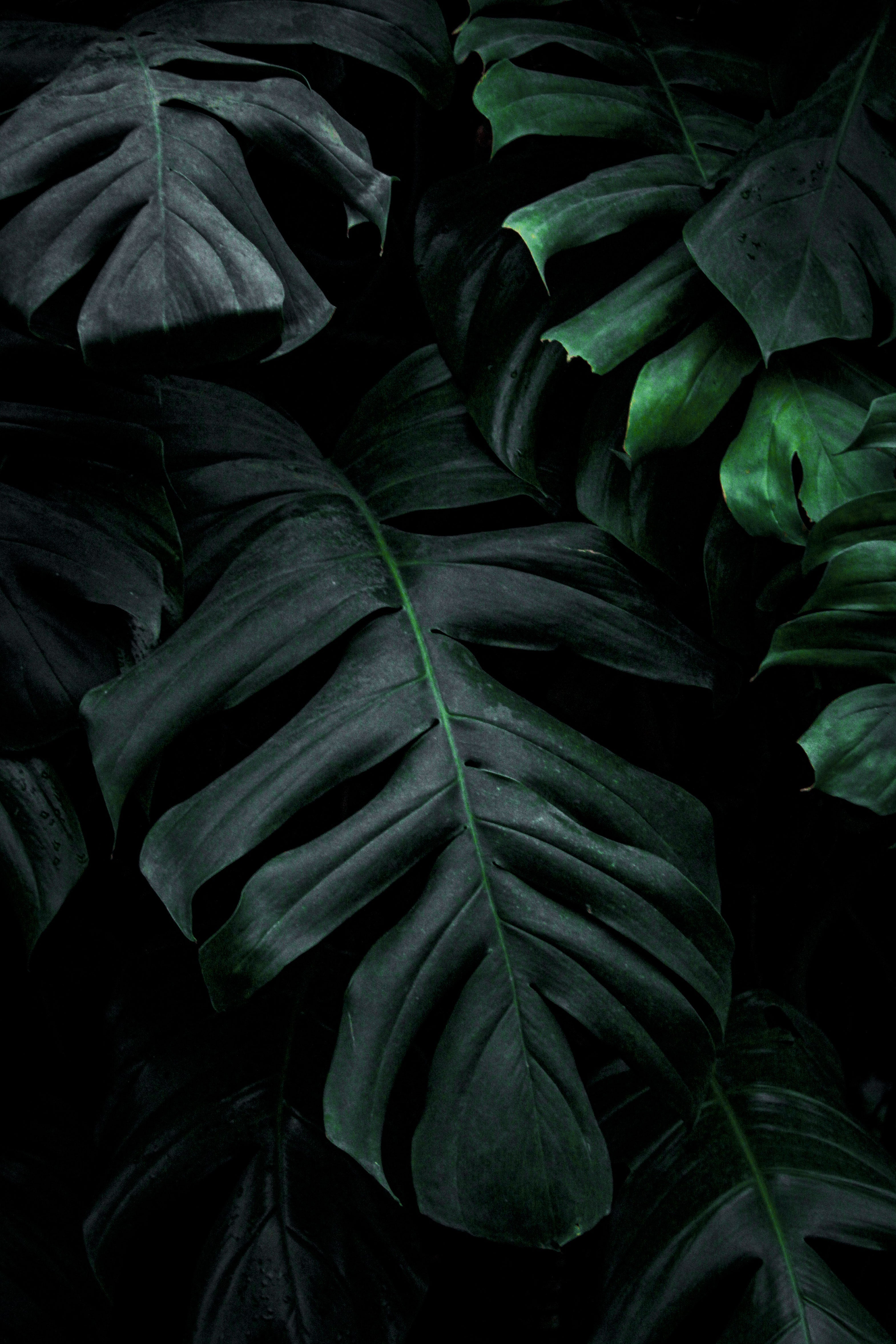
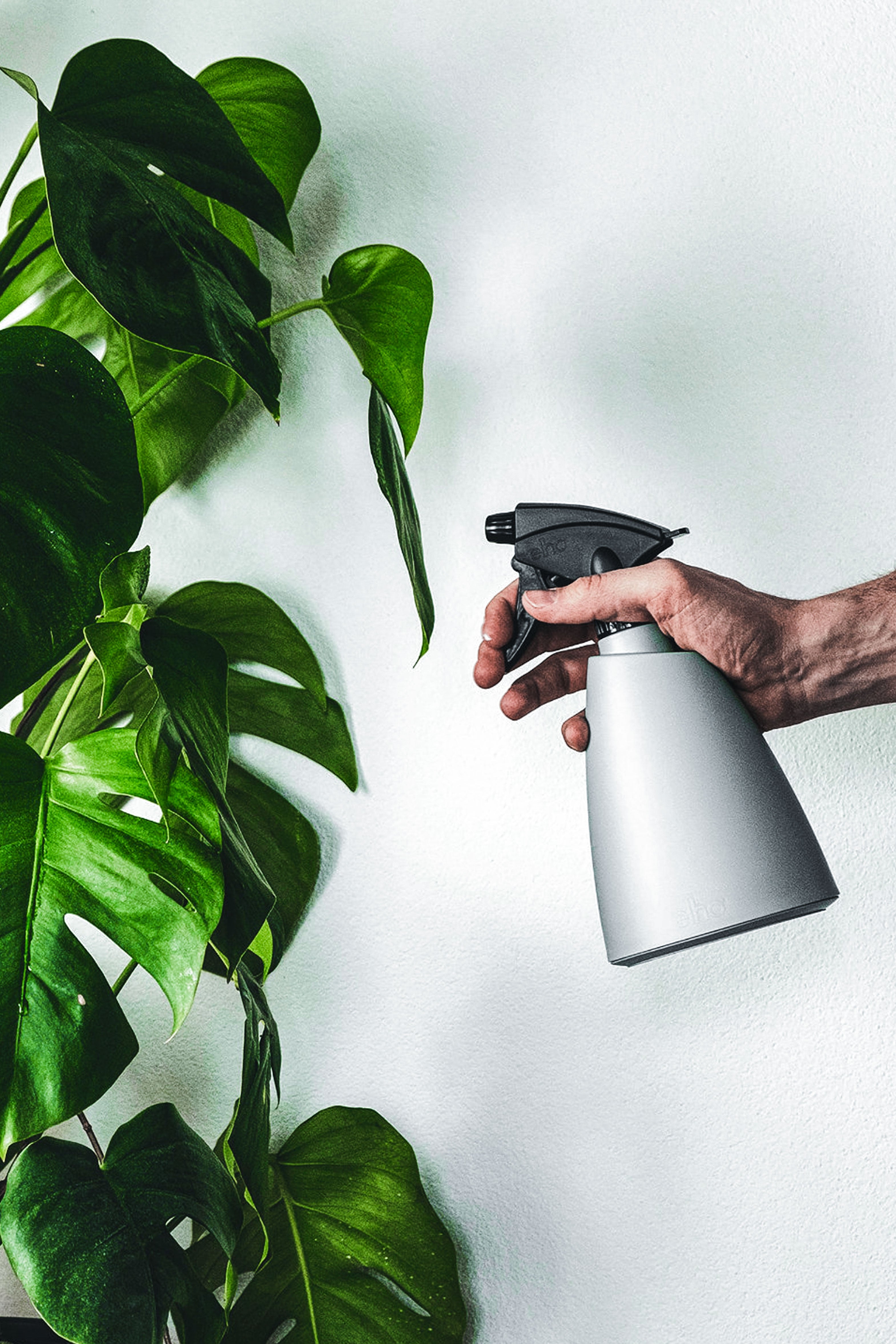
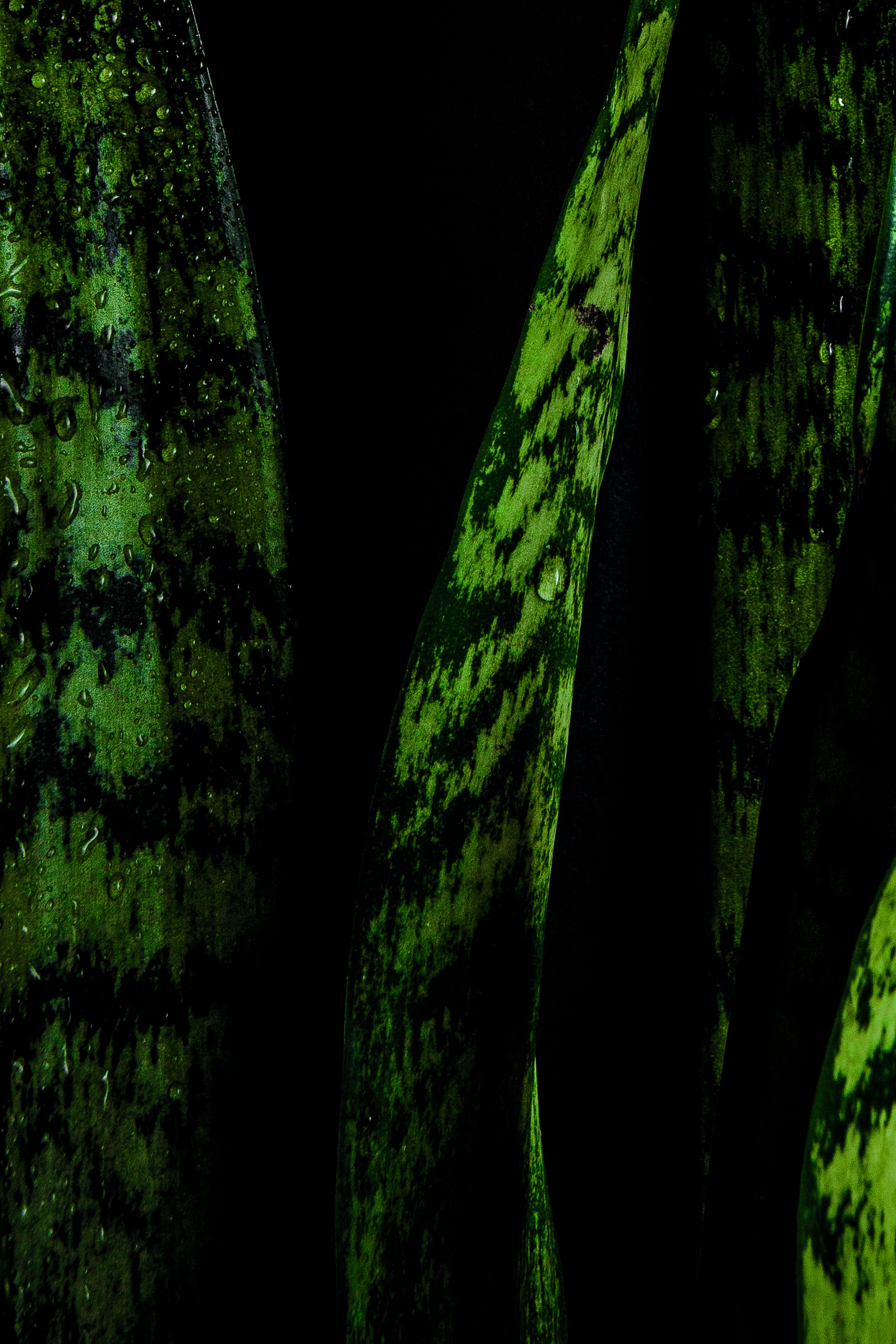
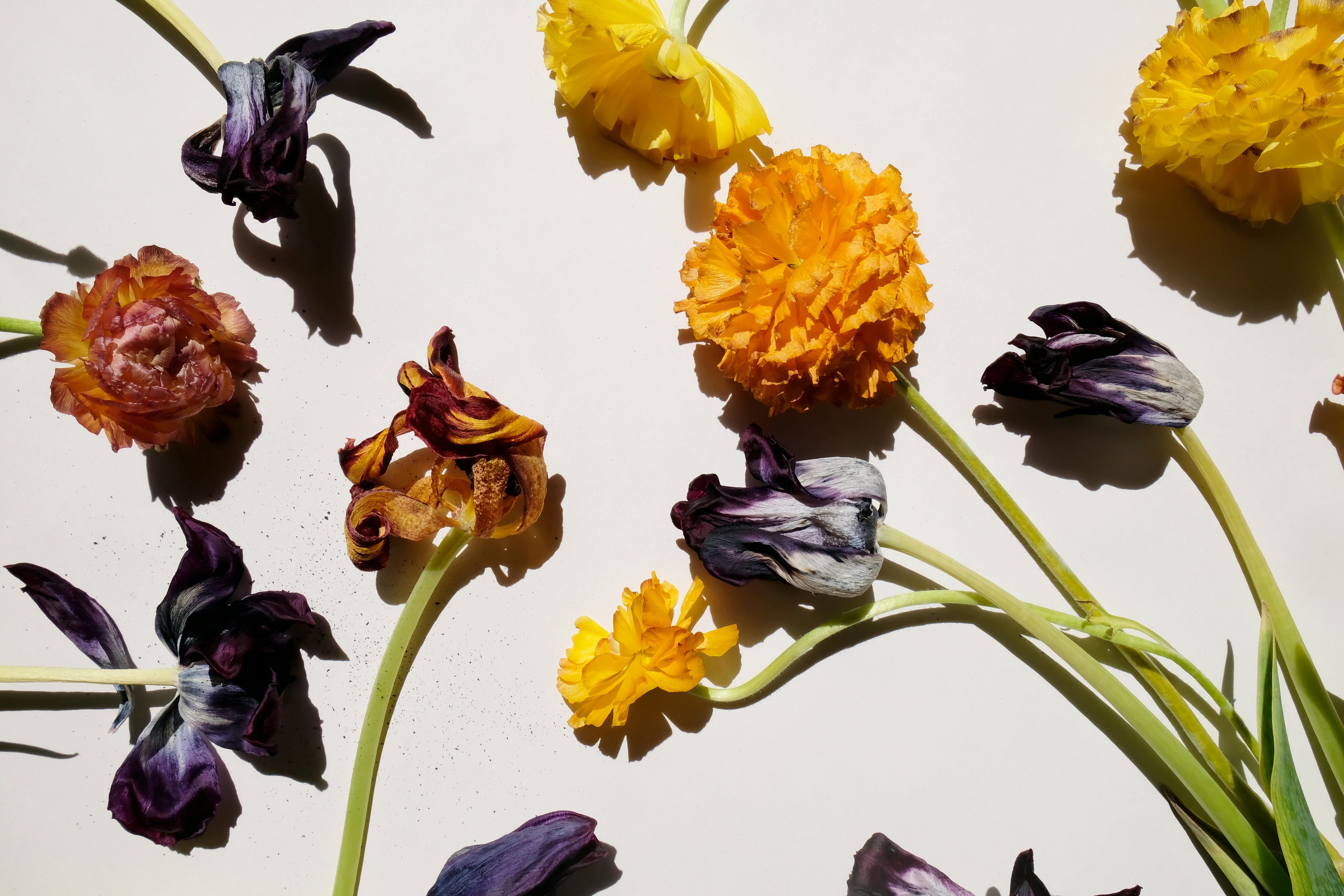
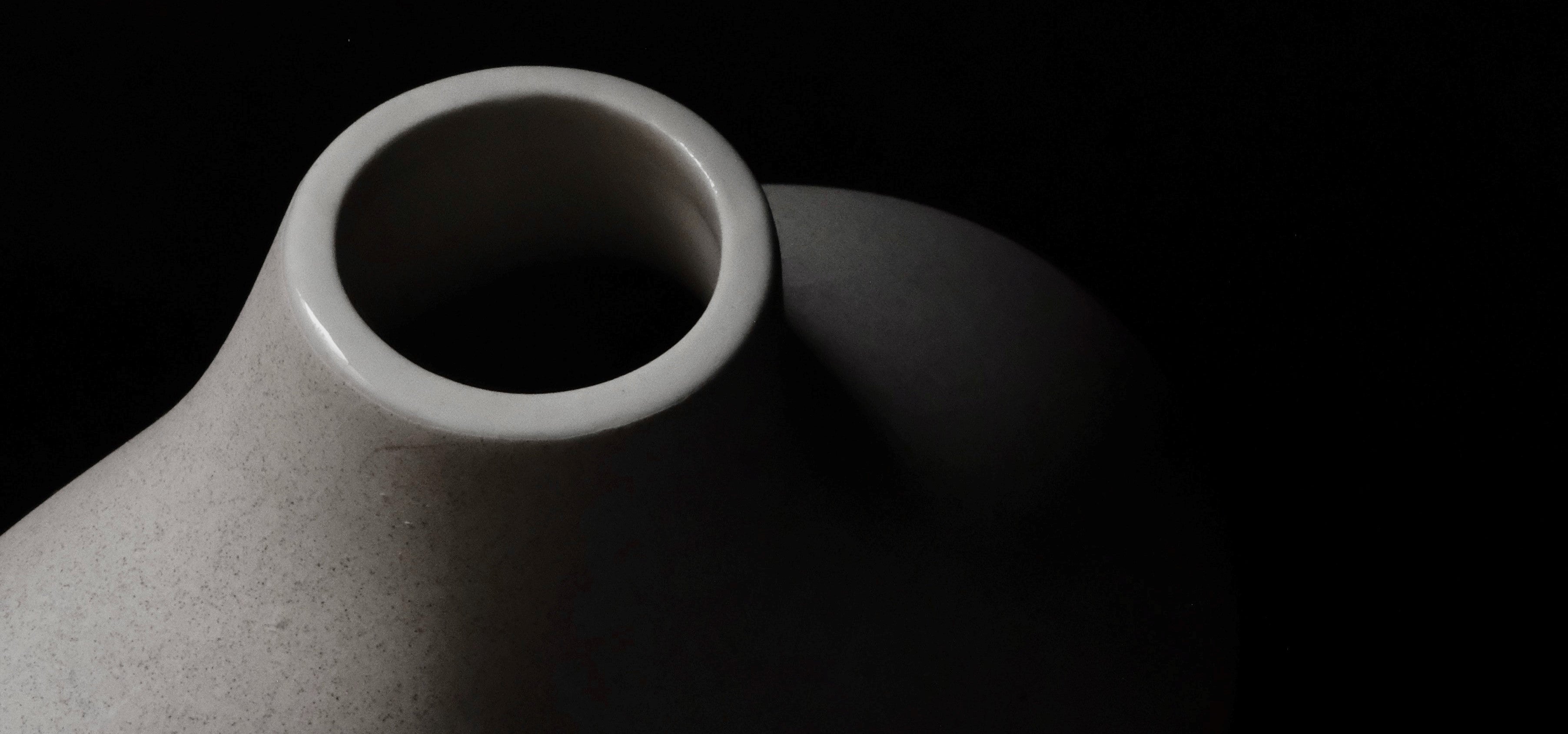
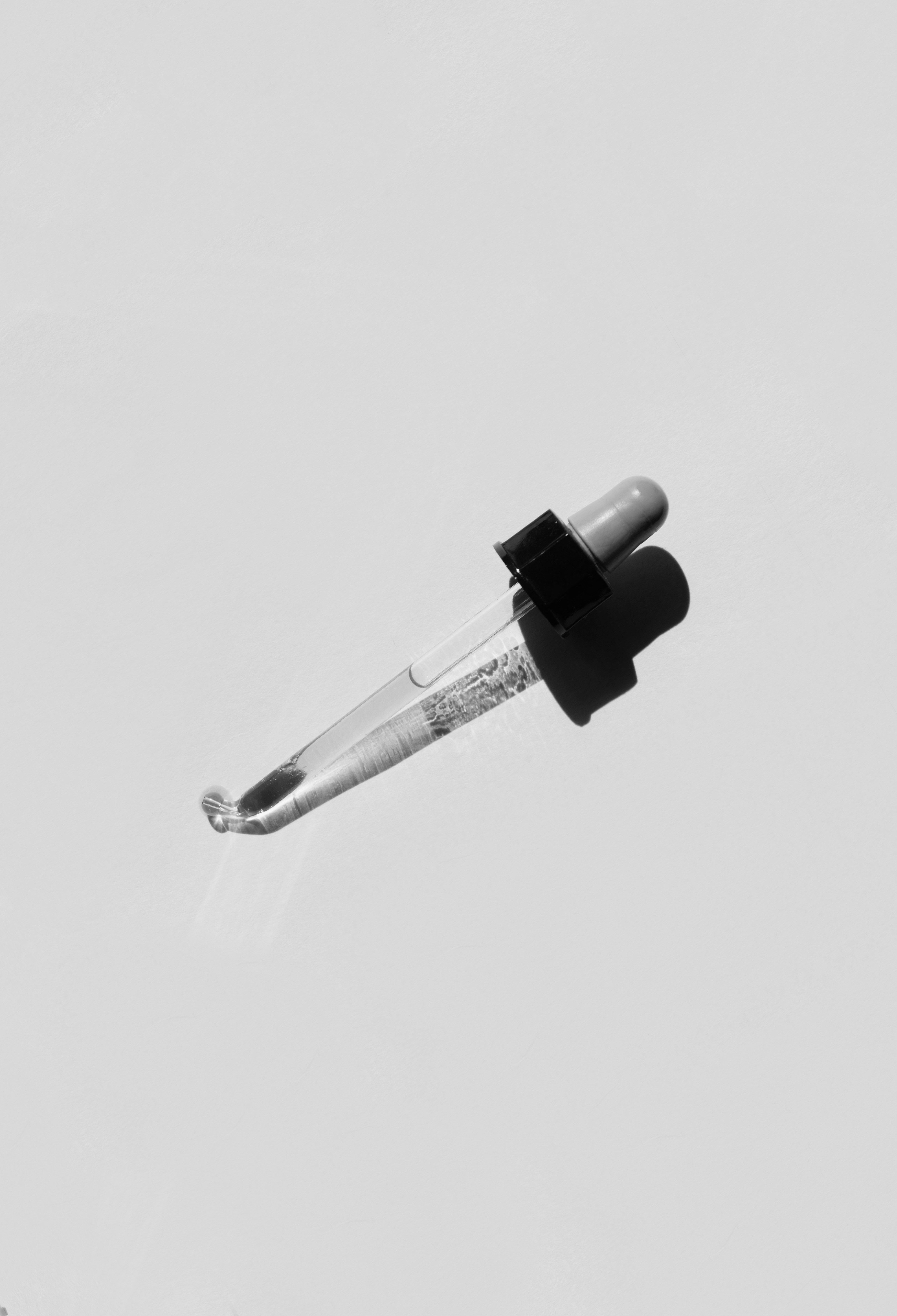
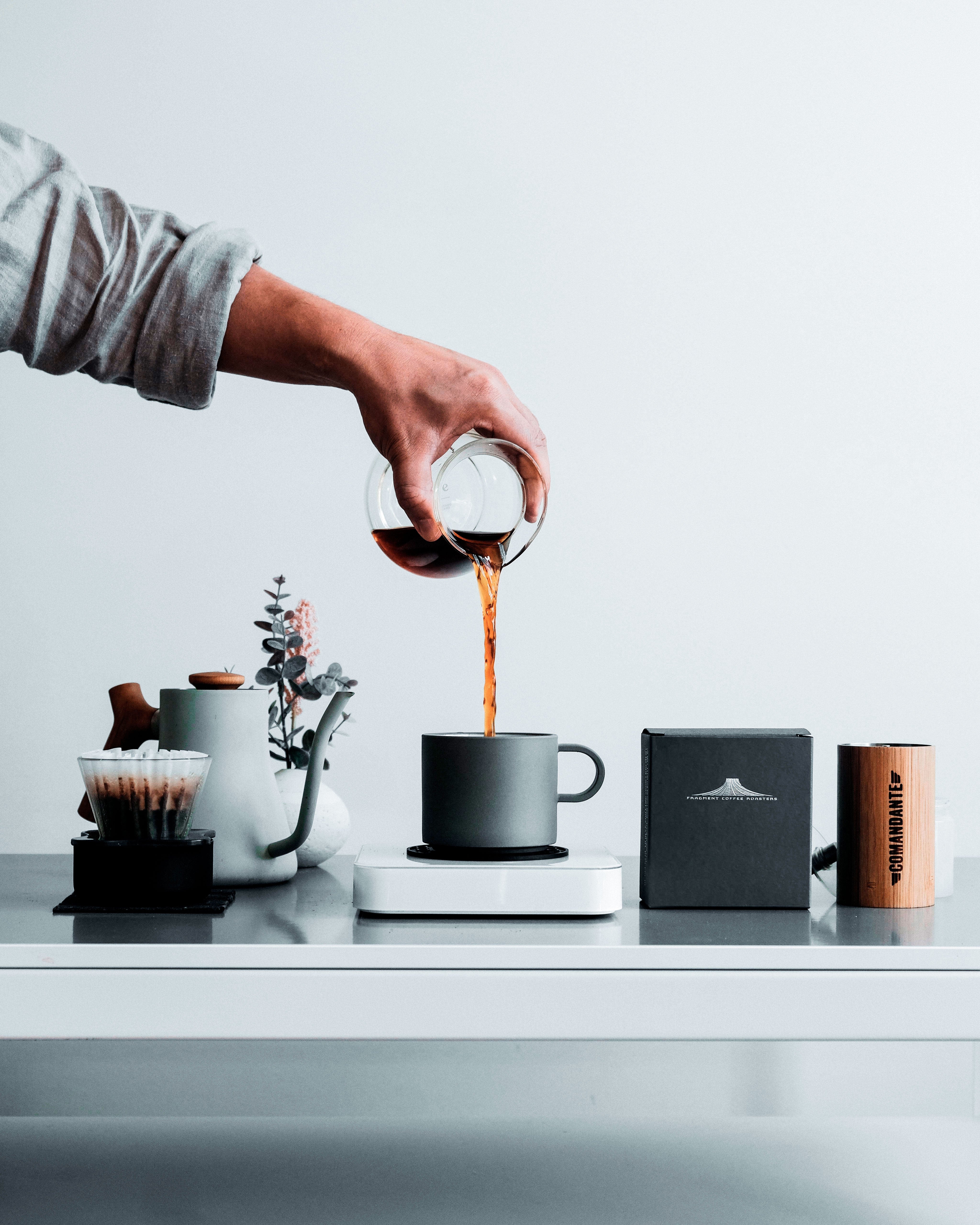
Leave a comment